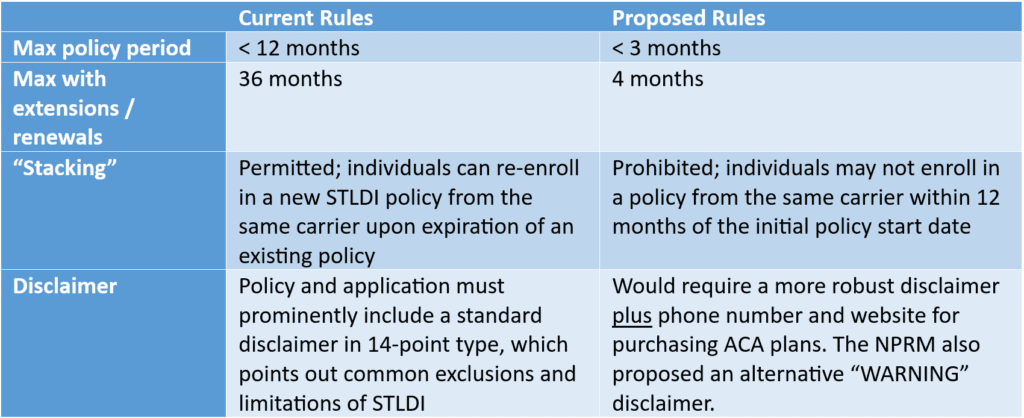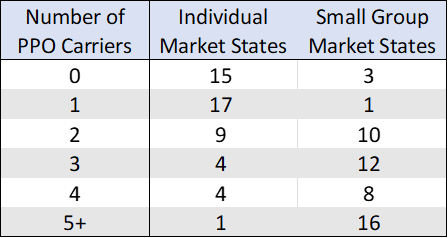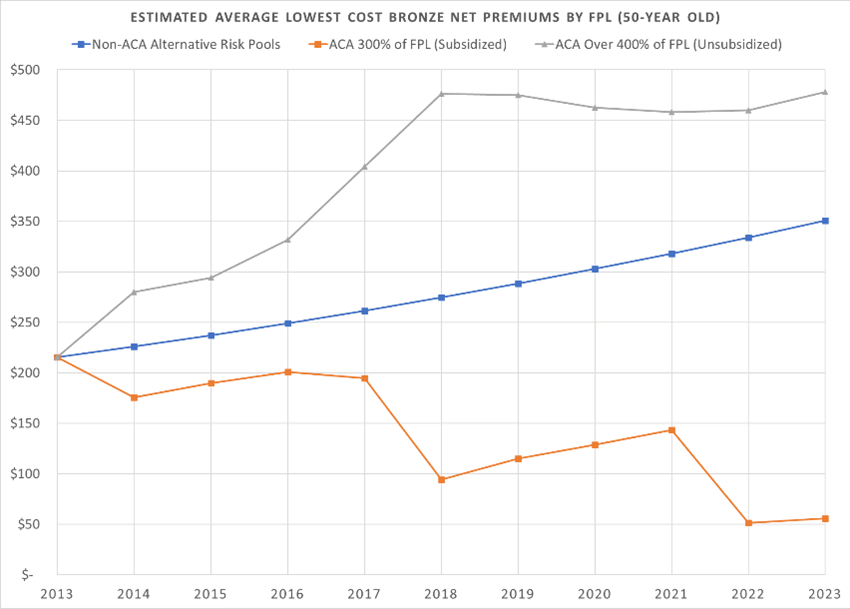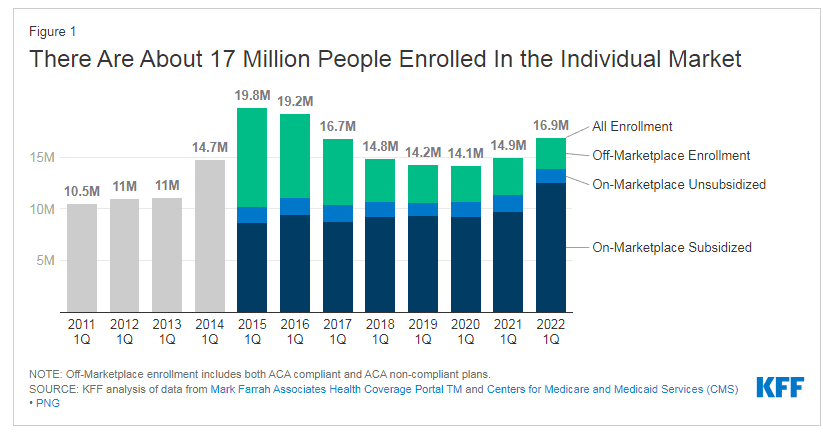In the wake of the Affordable Care Act, many Americans are stuck with health insurance coverage that pays for services that violate their consciences. Presidio HealthCare is launching the first faith-based, pro-life health insurance company, with a vision of breathing new life into the health insurance markets as a catalyst for building a culture of life and promoting human flourishing.
Why a pro-life option is needed
The Affordable Care Act (“ACA”) continues to shape the health insurance landscape, and requires virtually all health insurance policies to provide certain preventive services for women – including contraceptive services and abortifacients – free of cost.1 That means virtually every comprehensive, fully-insured health insurance policy pays for contraceptive services and abortifacients.2 Some states even require private insurance plans to pay for abortions,3 and many large private insurers electively cover abortions with or without state mandates.
44% of American adults identify as “pro-life”,4 and large religious communities – such as the Catholic Church – morally object to the use of contraception. Yet the vast majority of individuals and employers are stuck with health insurance plans that pay for services that violate their consciences.
What does “pro-life” mean?
We started Presidio because we think Americans deserve a better option – one that does not violate the consciences of those who object to services like abortion and contraception. But “pro-life” means a lot more than just anti-abortion.
Our vision for Presidio is to provide insurance products that promote human flourishing. That vision is guided by a Christian anthropology, which includes the following beliefs:
- Human beings are a body-soul composite – care for the body and soul needs to be considered holistically;
- Human beings are created “in the image and likeness” of God5 – this inherent dignity emphasizes the need for patient autonomy as opposed to paternalism in medicine;
- Human beings are endowed with everlasting souls, and our bodies will be resurrected – the lens of eternity shapes our understanding of life and death;
- Fertility is a gift and invitation to participate in the divine act of pro-creation – care surrounding fertility and pro-creation should align with God’s creative order;
- Jesus Christ assumed our mortal flesh, and redeemed us by his suffering and death – this dignifies our suffering, even giving it redemptive power;
- God is the sovereign author of life – healthcare technologies should be developed and leveraged to promote health and wellness, while appropriately revering the mystery and divinity of the source of life.
As we build insurance products, we envision these policies as more than just standard health insurance policies with mere carve-outs for things like abortion, contraceptive services, “gender-affirming” care, etc. Rather, we want Presidio policies to build the culture of life by covering things like:
- Fertility awareness and holistic procreative technologies – while fertility awareness can be leveraged to avoid or achieve pregnancy, it can also help identify underlying health issues, and can be combined with new technologies and procedures that are clinically proven to be as effective as artificial reproductive technologies for treating infertility;((NaProTECHNOLOGY and Conscientious OB/GYN Medicine (AMA Journal of Ethics)))
- Mental health benefits – this specialty is particularly vulnerable to ideological influence, so connecting members with values-aligned mental health professionals is a top priority;
- Marriage and family therapy – we believe families are the fabric of society, and we are exploring policies that encourage family flourishing;
- Holistic, patient-centered care – services like homebirths can be cost-effective alternatives to hospital births, but are often not covered because they require care teams to revolve around the mother and baby rather than the other way around.
Is Presidio religious?
Presidio is religious, but does not require its members to subscribe to a religion or set of moral beliefs. Think of Presidio like a faithful Catholic hospital – it is grounded in religious principles and provides services to individuals of all faith backgrounds precisely because of its religious principles.
Presidio coverage determinations will be consistent with the Ethical and Religious Directives for Catholic Health Care Services (“ERDs”).6 The ERDs are the most succinct and baseline articulation of Christian healthcare ethics, and are consistent with Presidio’s Catholic identity.
That does not mean Presidio members need to subscribe to the ERDs – it just means services inconsistent with the ERDs will not be covered under Presidio insurance policies.
Conclusion
At Presidio, we view religion as more than a set of rules to follow, but principles to promote human flourishing. This is precisely why Christian communities, and the Catholic Church in particular, have pioneered healthcare services((See, e.g., Catholic Hospitals in American Healthcare (Grand Valley State University))) in response to Christ’s command to heal the sick and proclaim the kingdom of God.((Luke 10:9))
Religious communities have historically focused on delivering healthcare services to those in need. The ACA has ushered in an era that calls for new focus on building faith-based health insurance options that exclude services that violate many Americans’ consciences, and that promote human flourishing. The time is ripe for faith-based communities to meet the demand for pro-life health insurance options, and Presidio seeks to offer products that align with Christian values to promote a culture of life.
- 42 U.S.C. § 300gg-13(a)(4); A Statement by U.S. Department of Health and Human Services Secretary Kathleen Sebelius, January 20, 2012 [
]
- We discussed the scope of the religious exemption in more detail in our article, “The Un-Utilized Religious Insurer Exemption” [
]
- California, Illinois, Maine, Maryland, Massachusetts, New York, Oregon and Washington require insurance plans to cover abortion. See Regulating Insurance Coverage of Abortion (Guttmacher Institute) [
]
- ‘Pro-Choice’ or ‘Pro-Life’ Demographic Table (Gallup) [
]
- See Gen 1:26 [
]
- Ethical and Religious Directives for Catholic Health Care Services (United States Conference of Catholic Bishops) [
]



